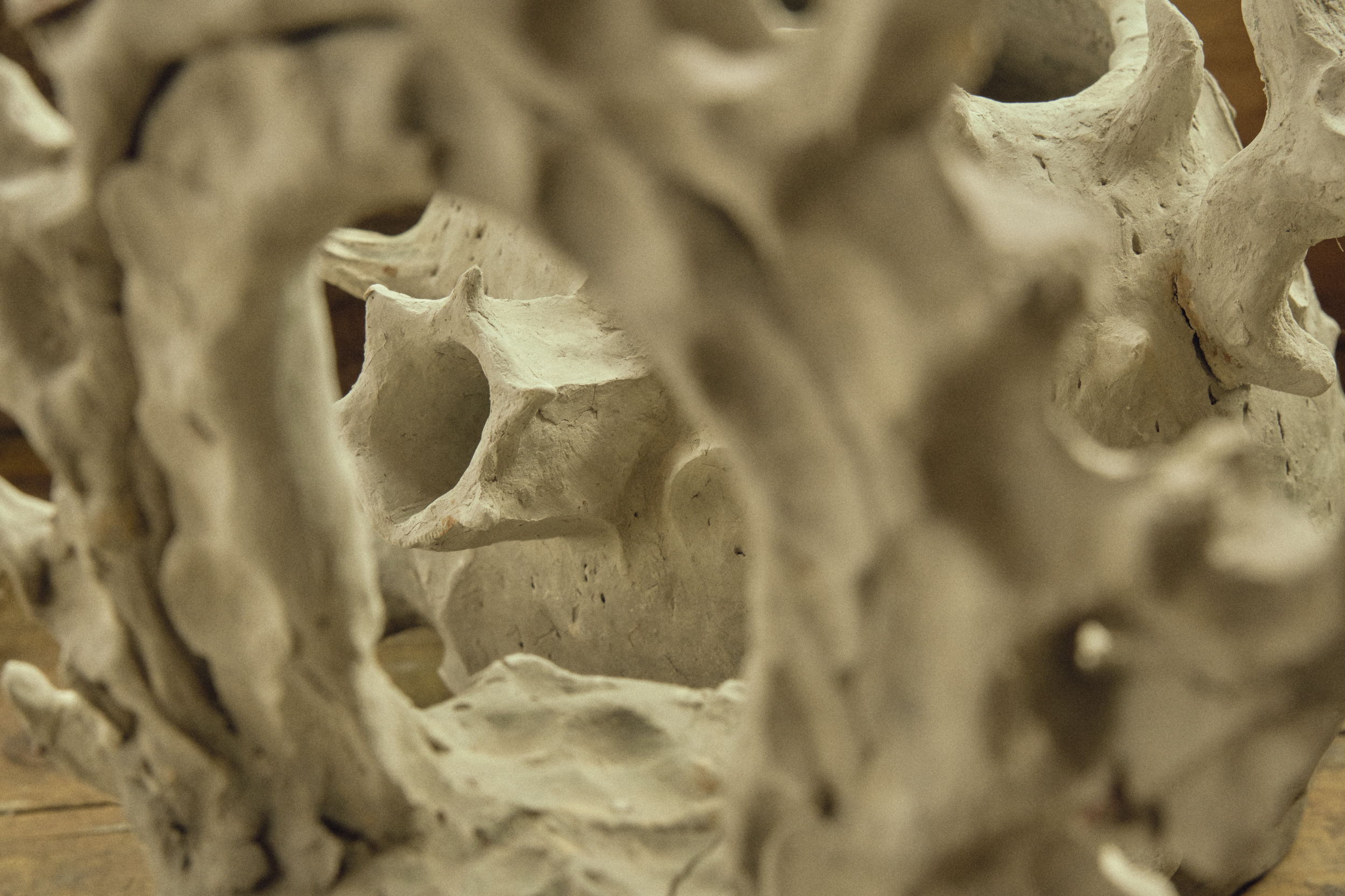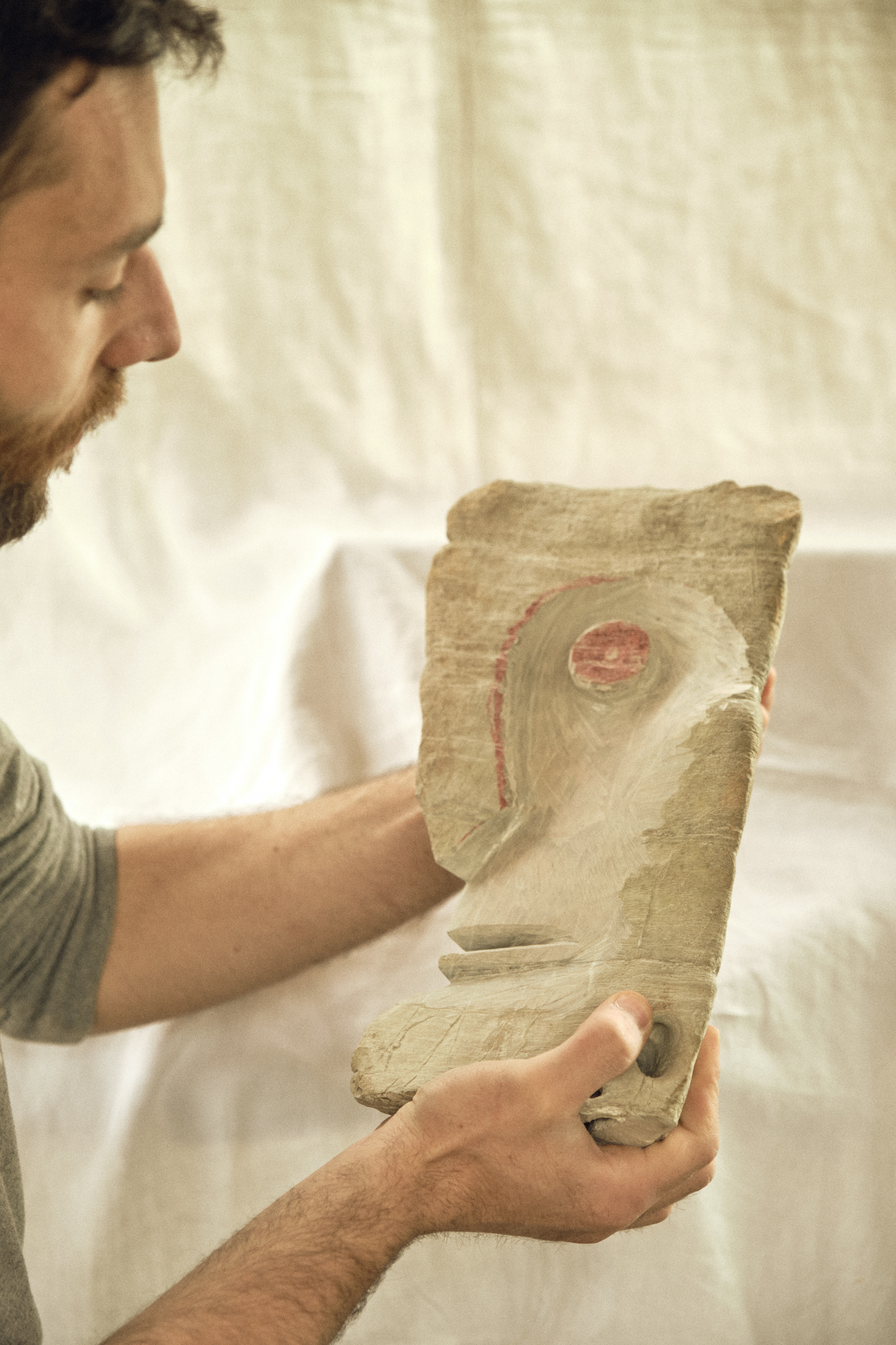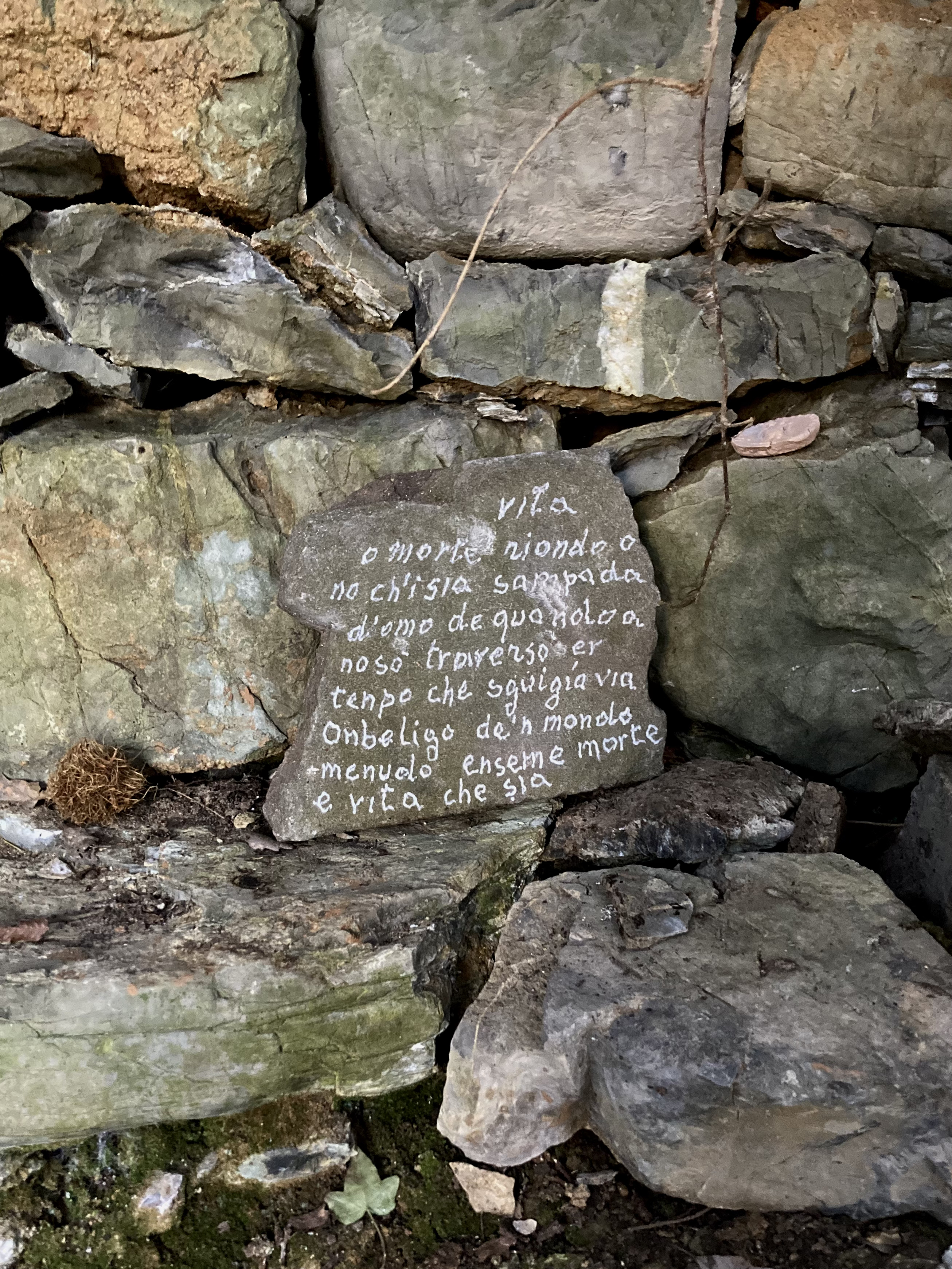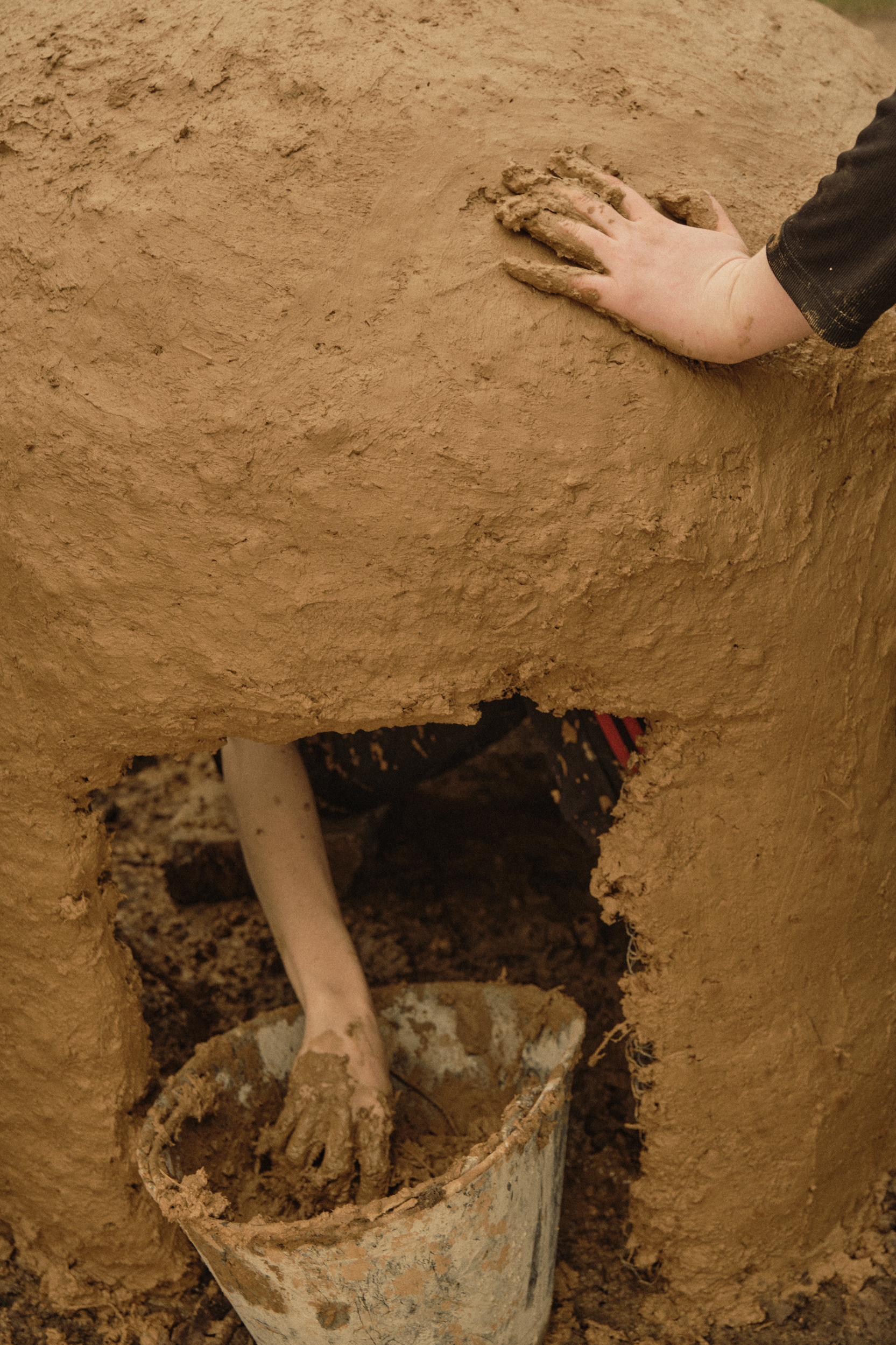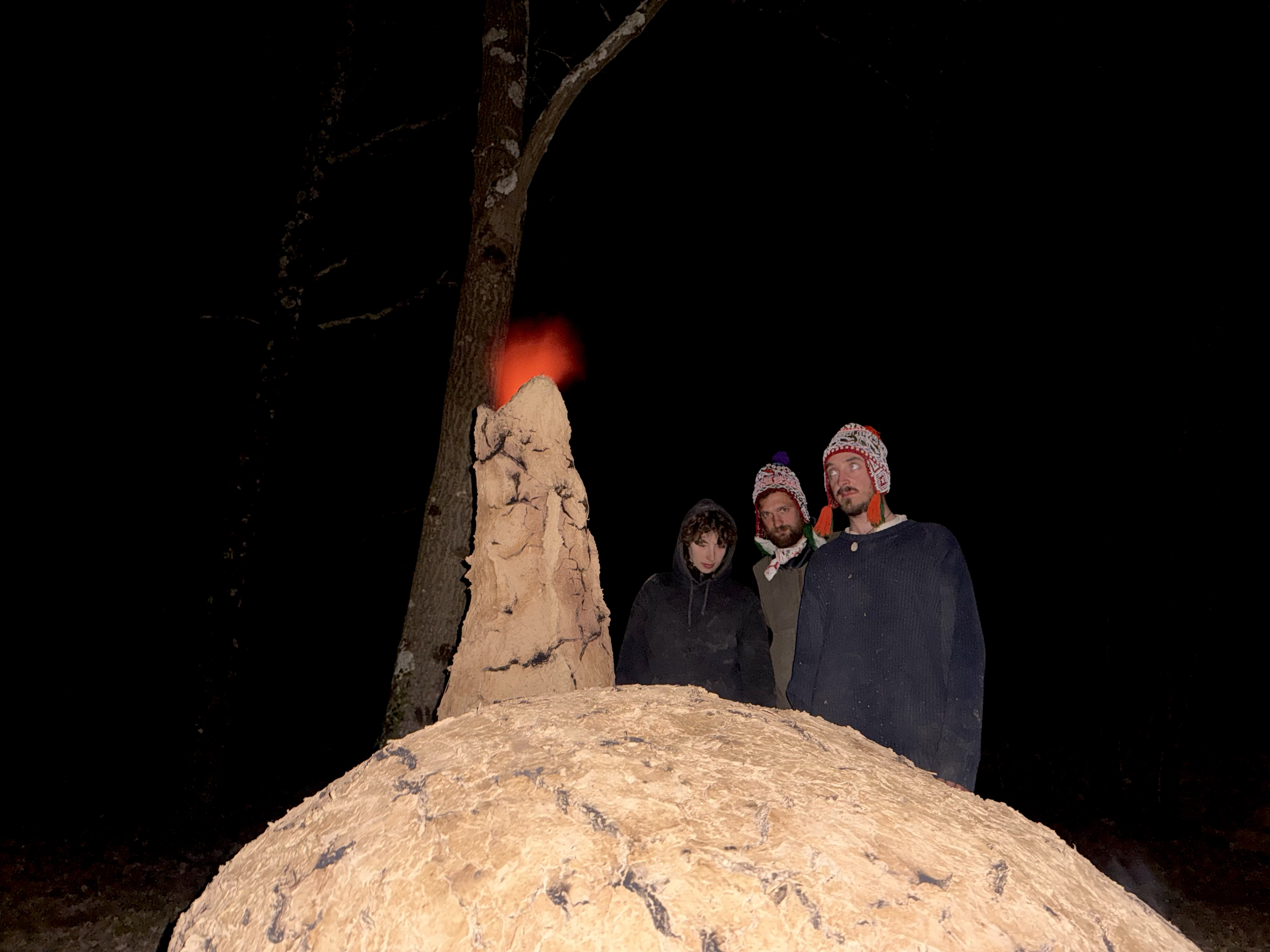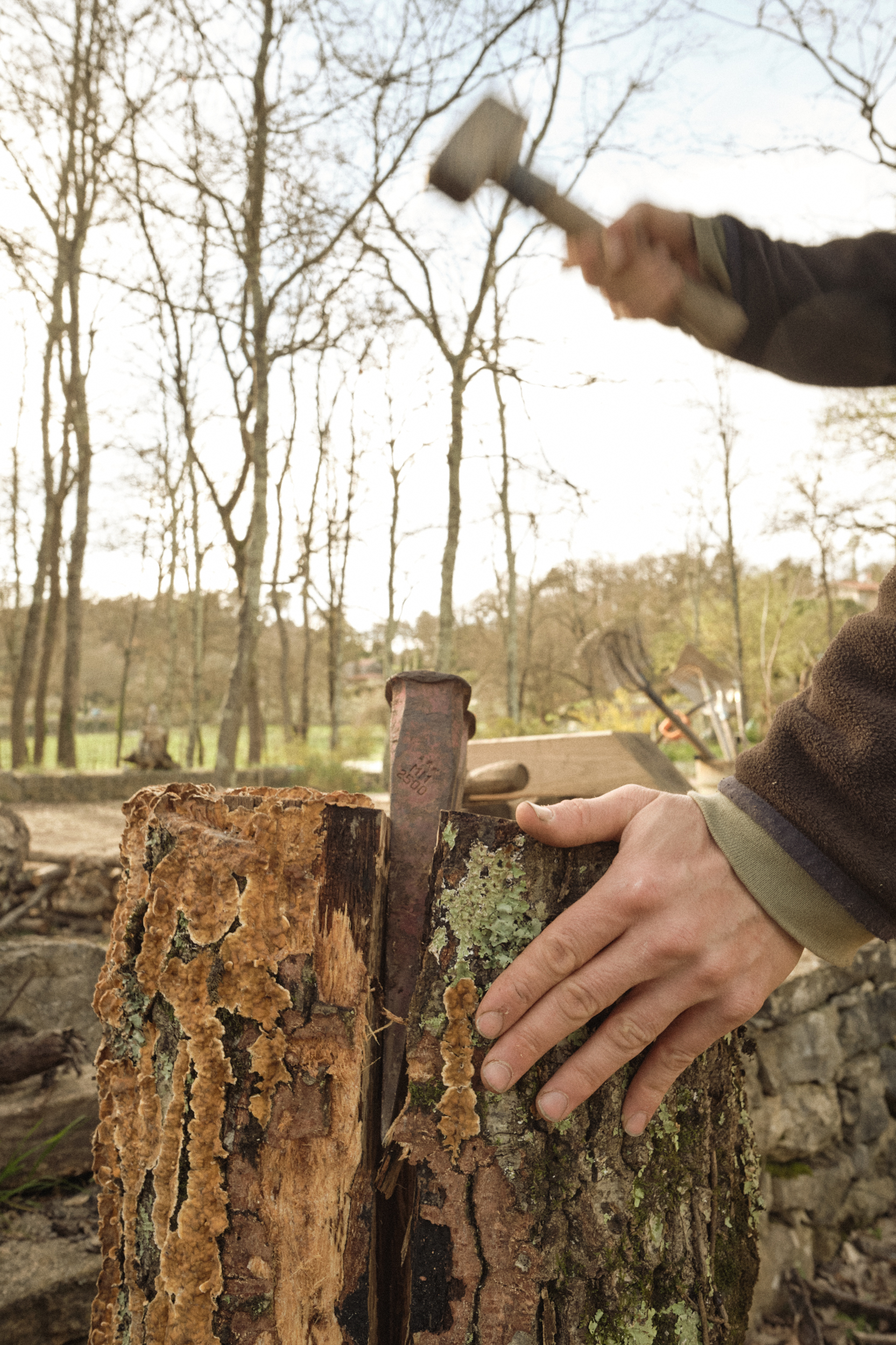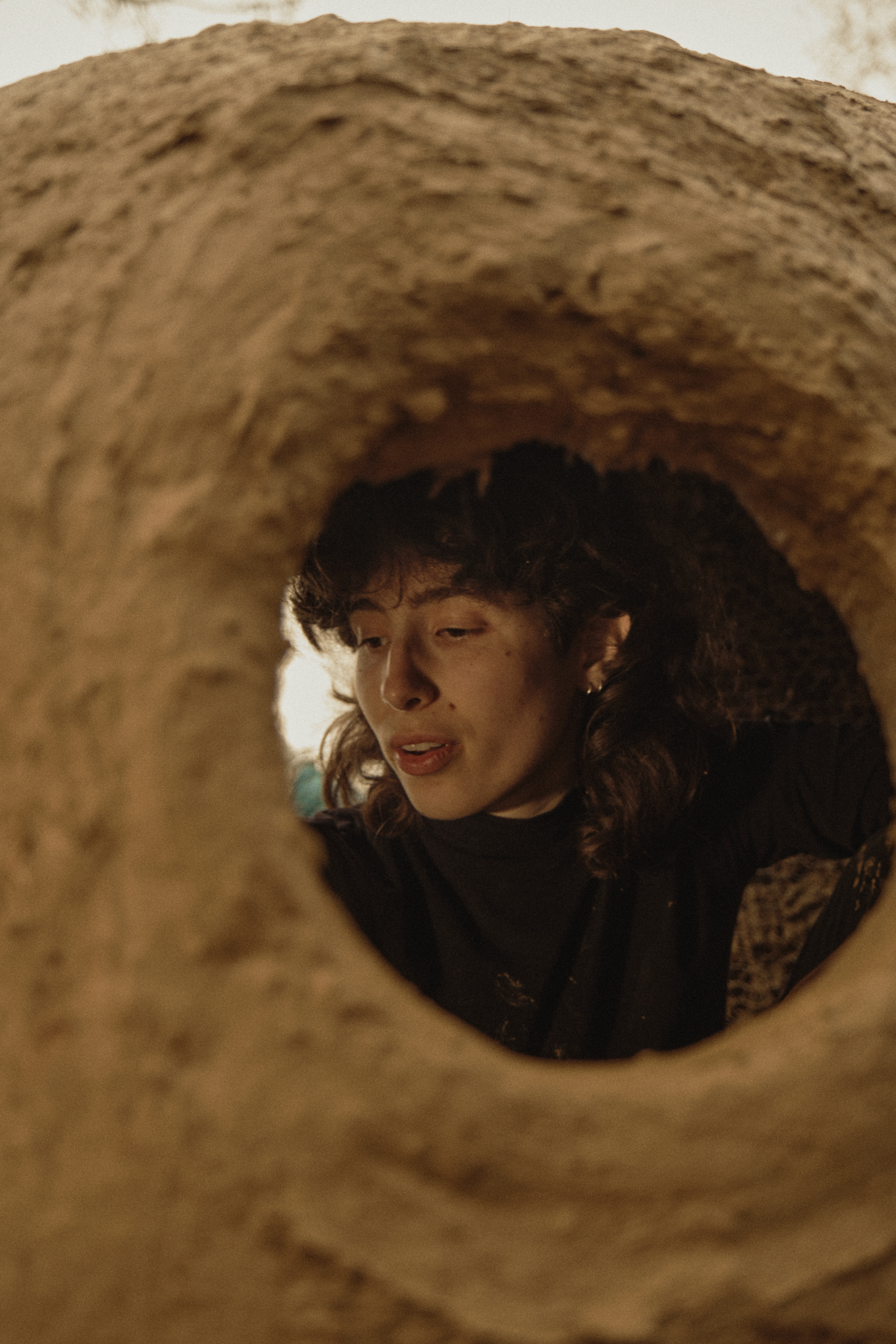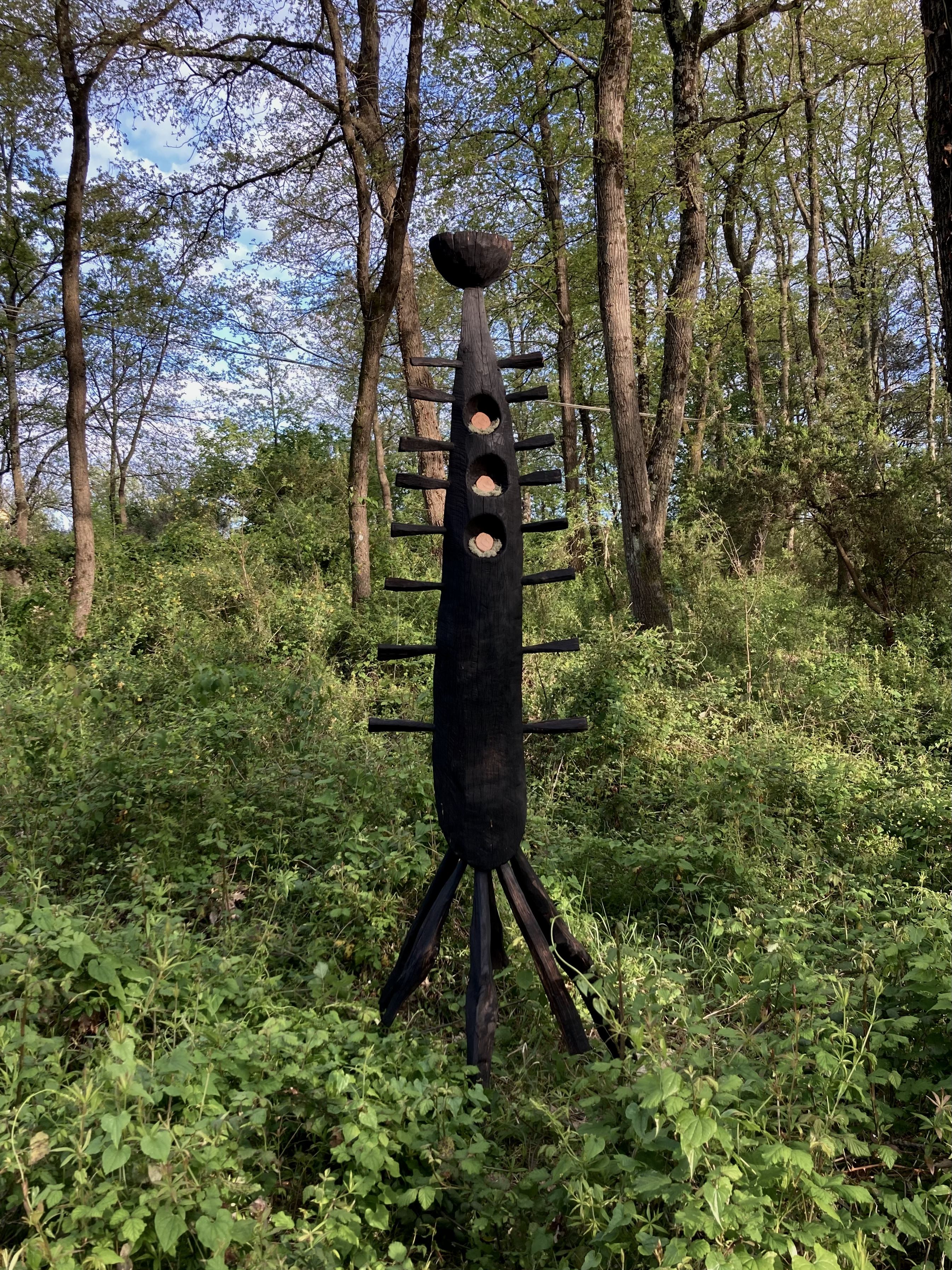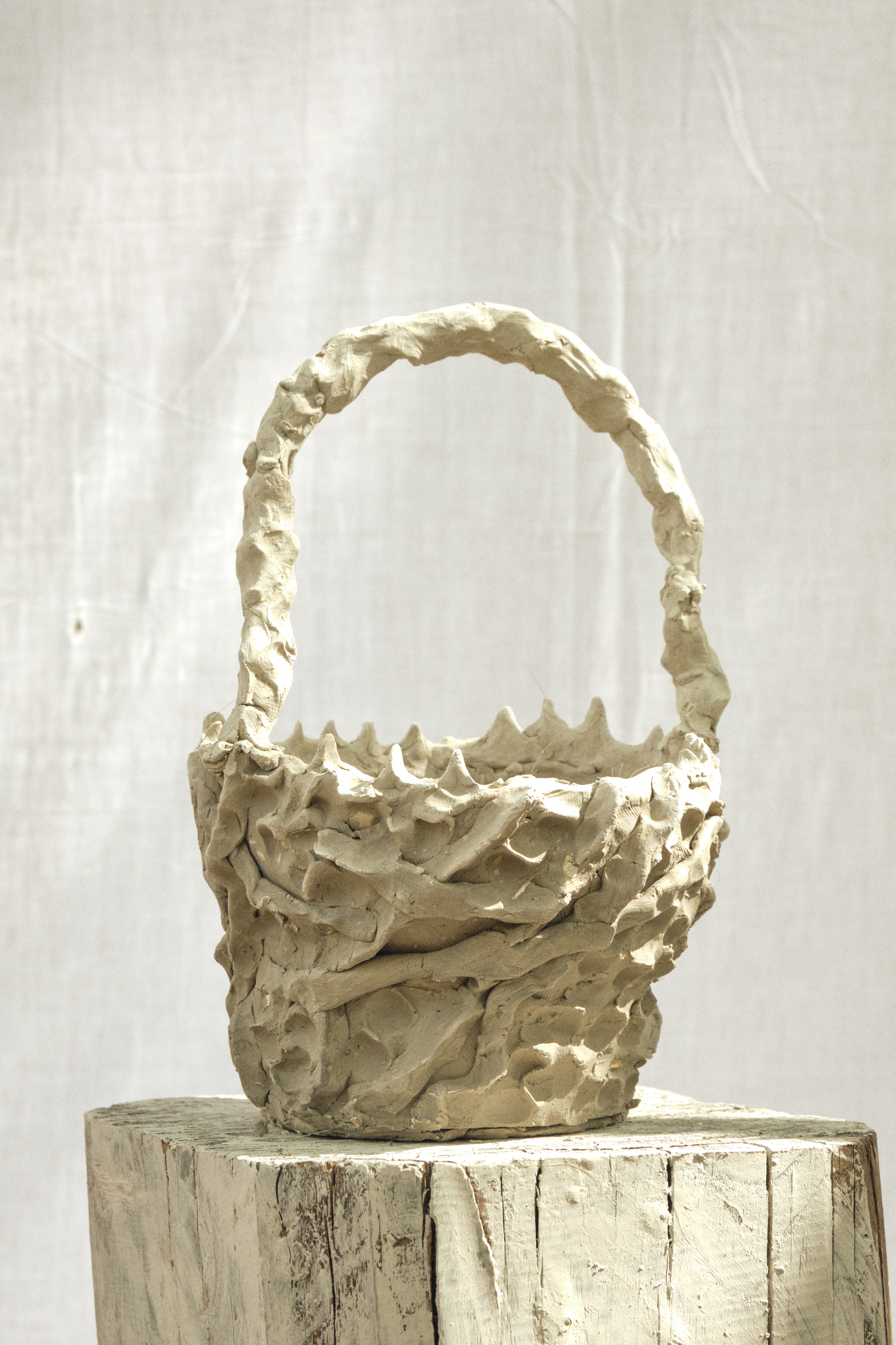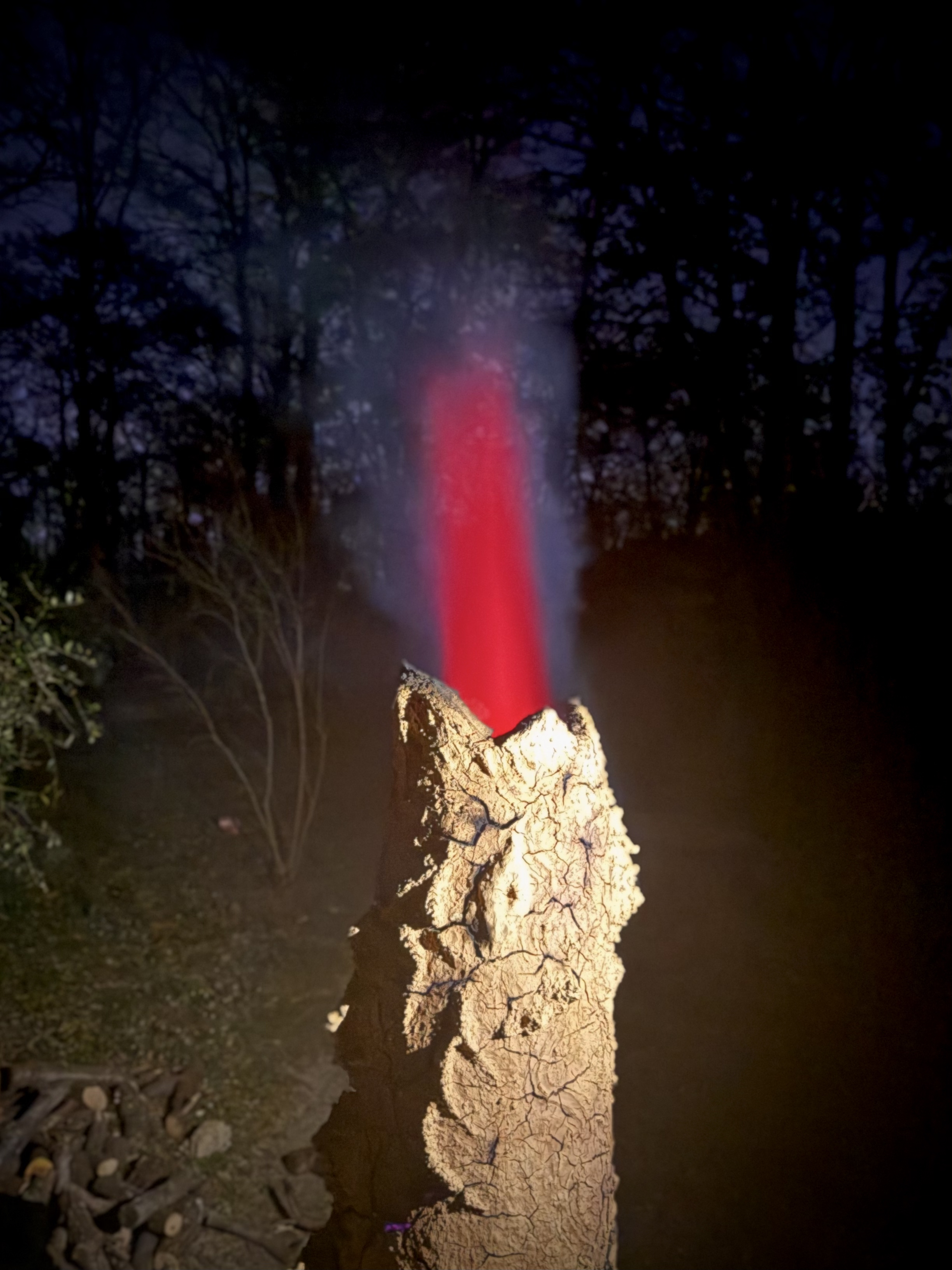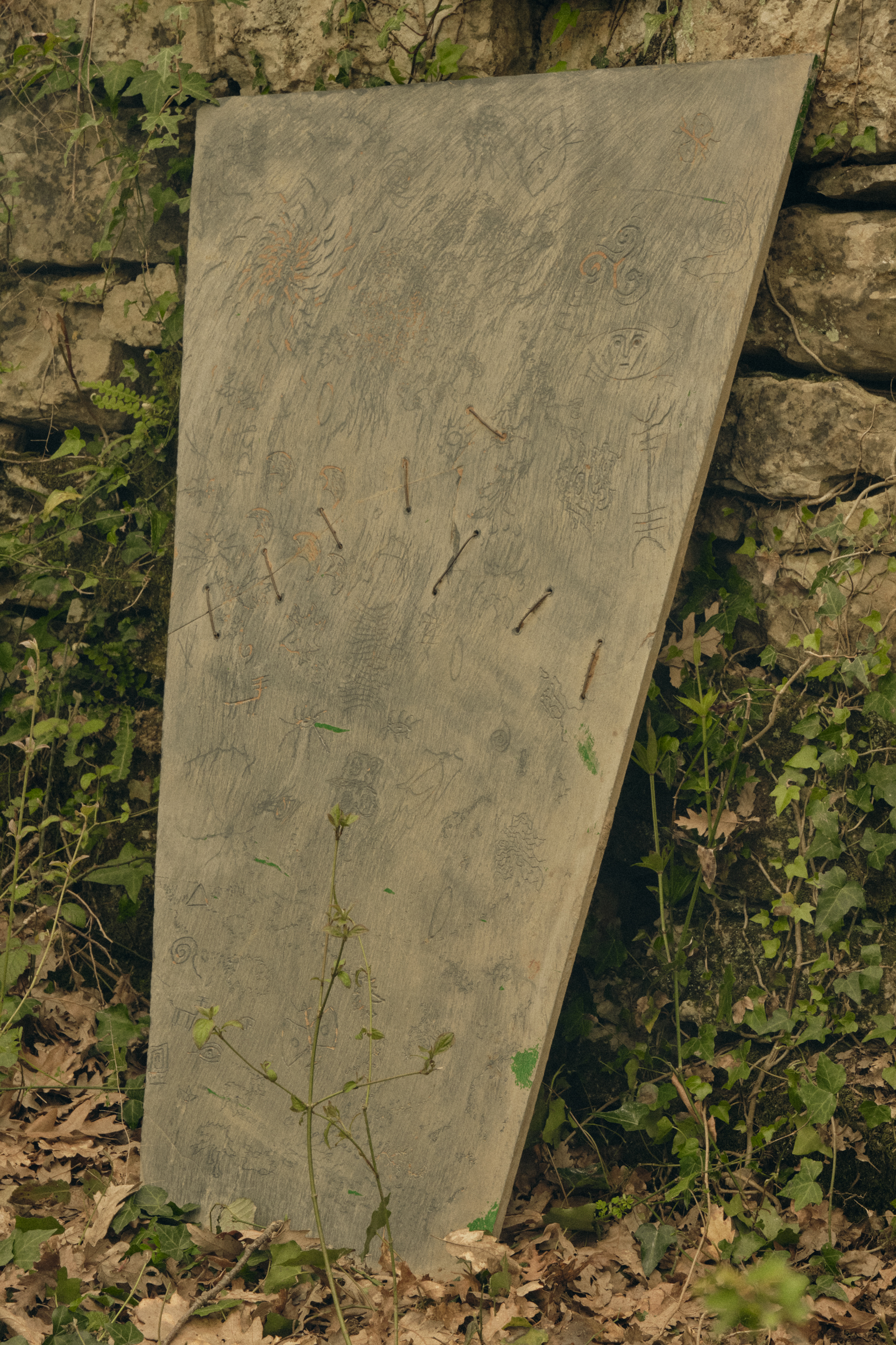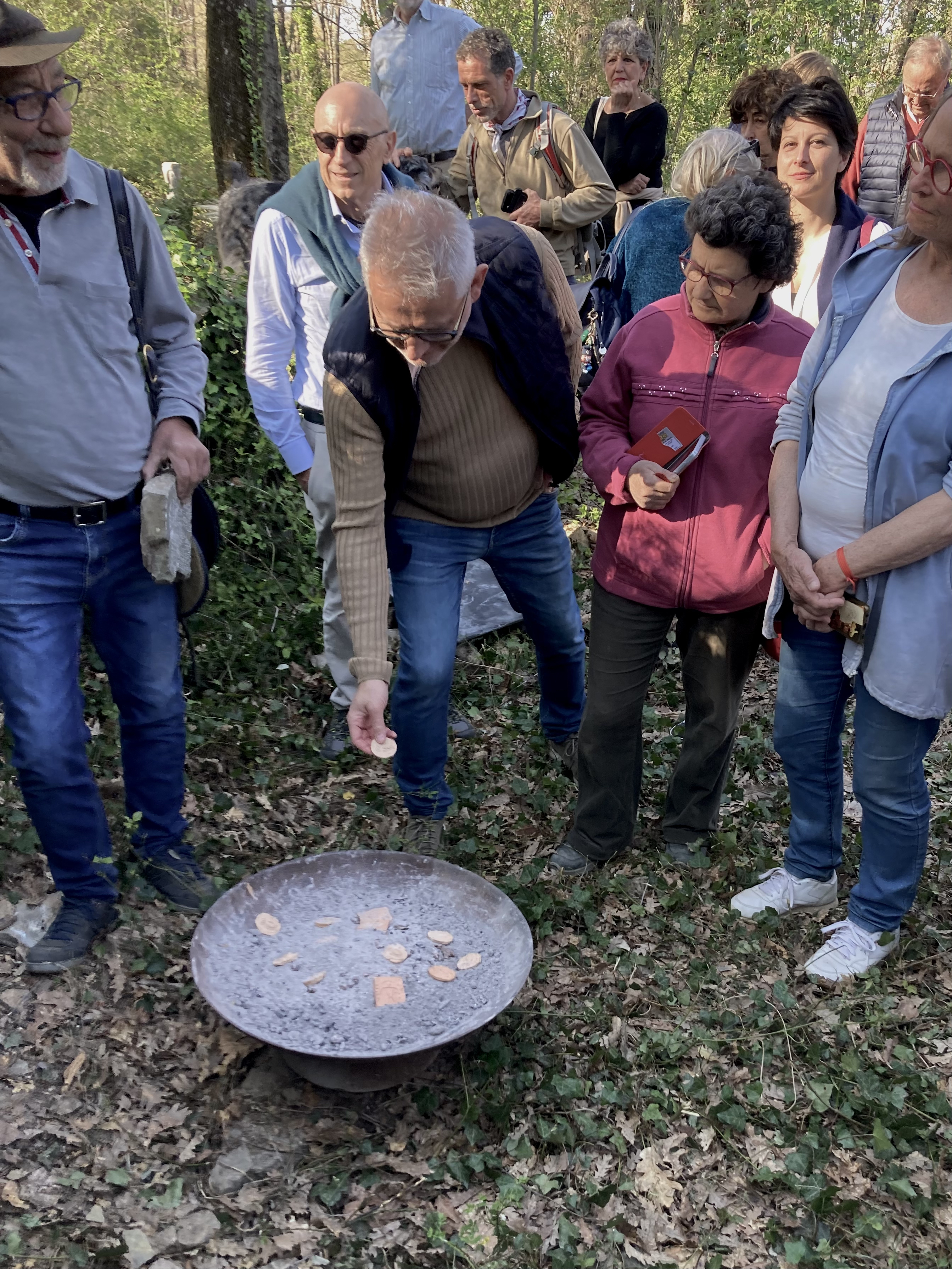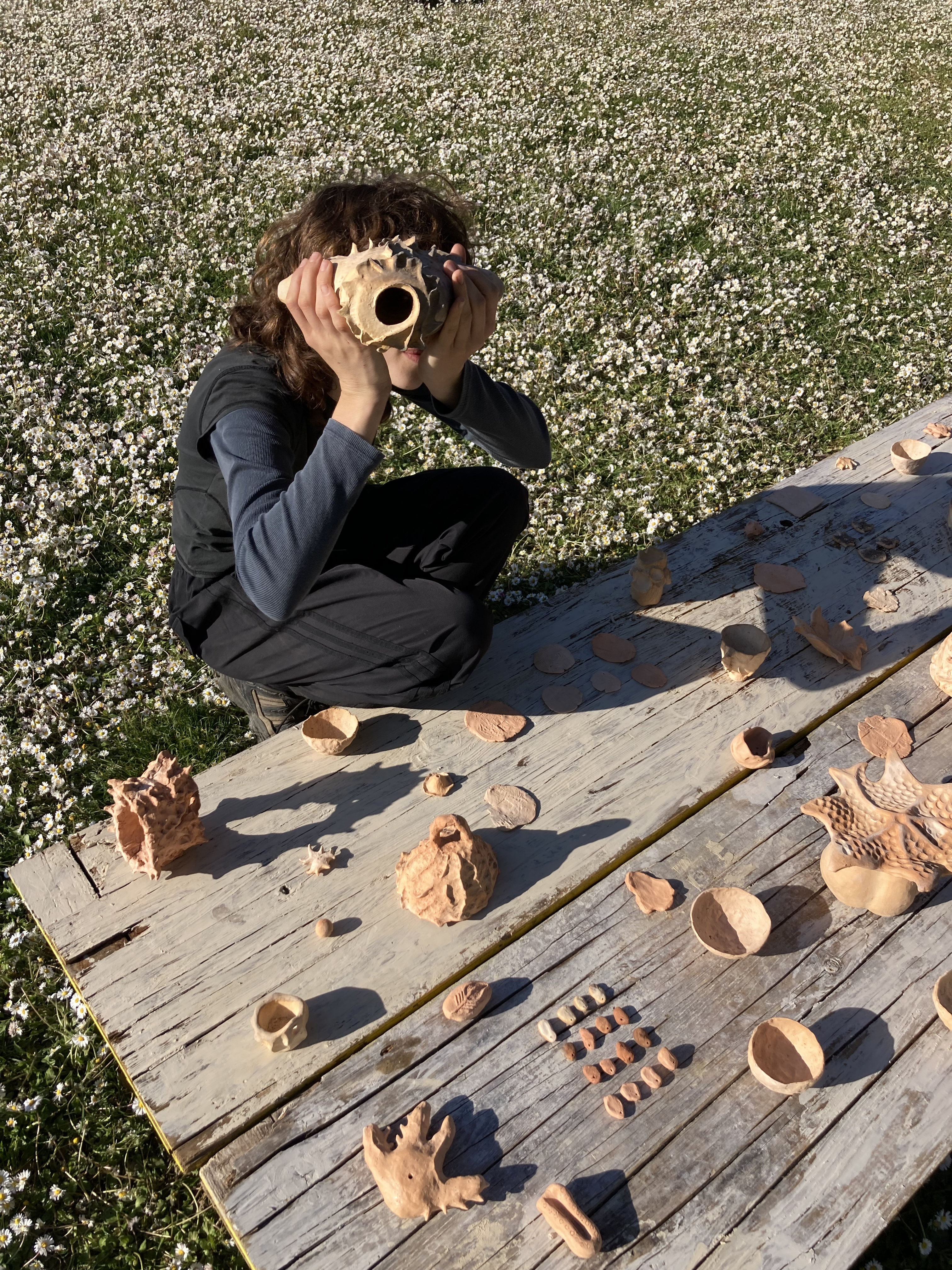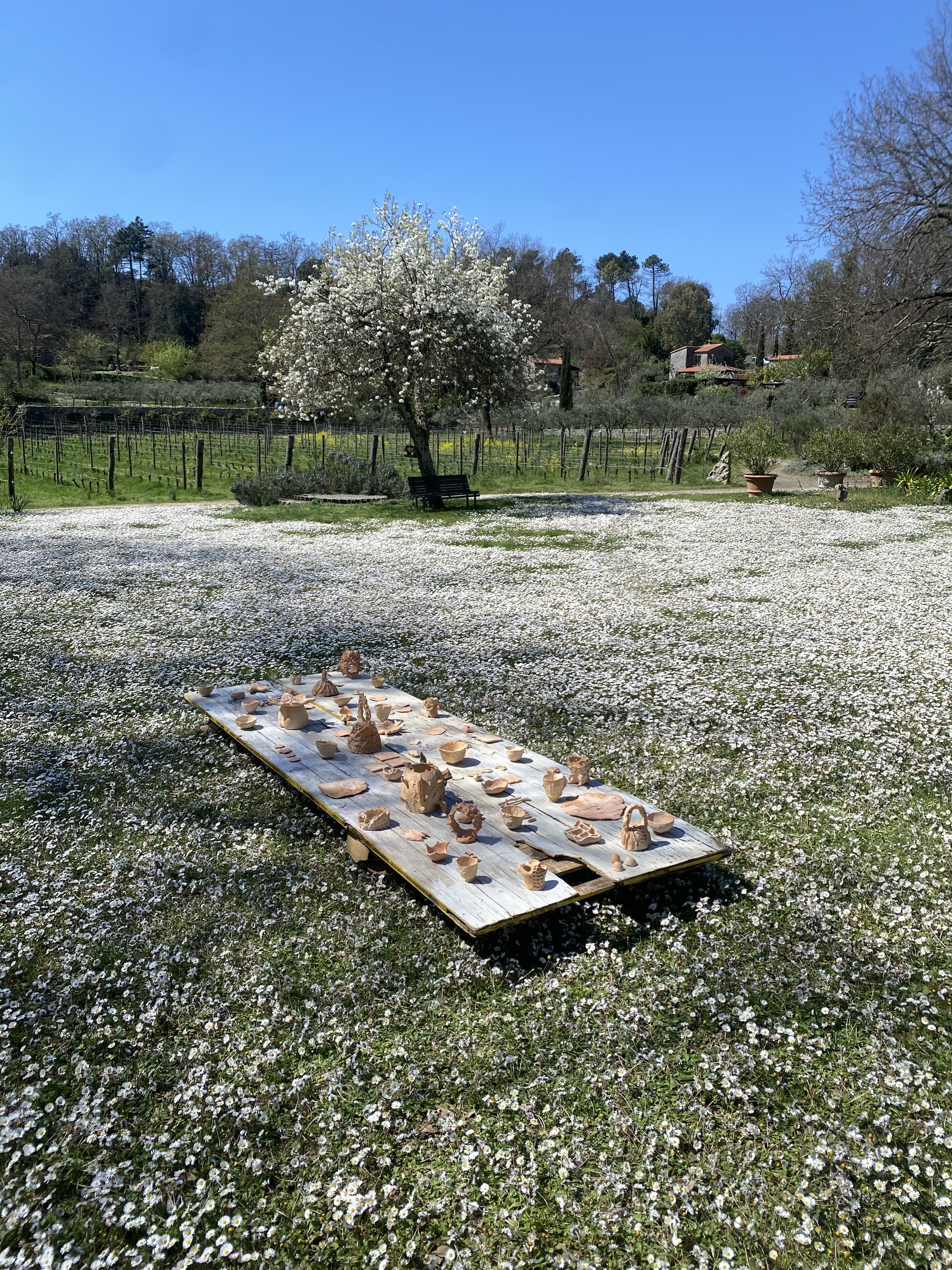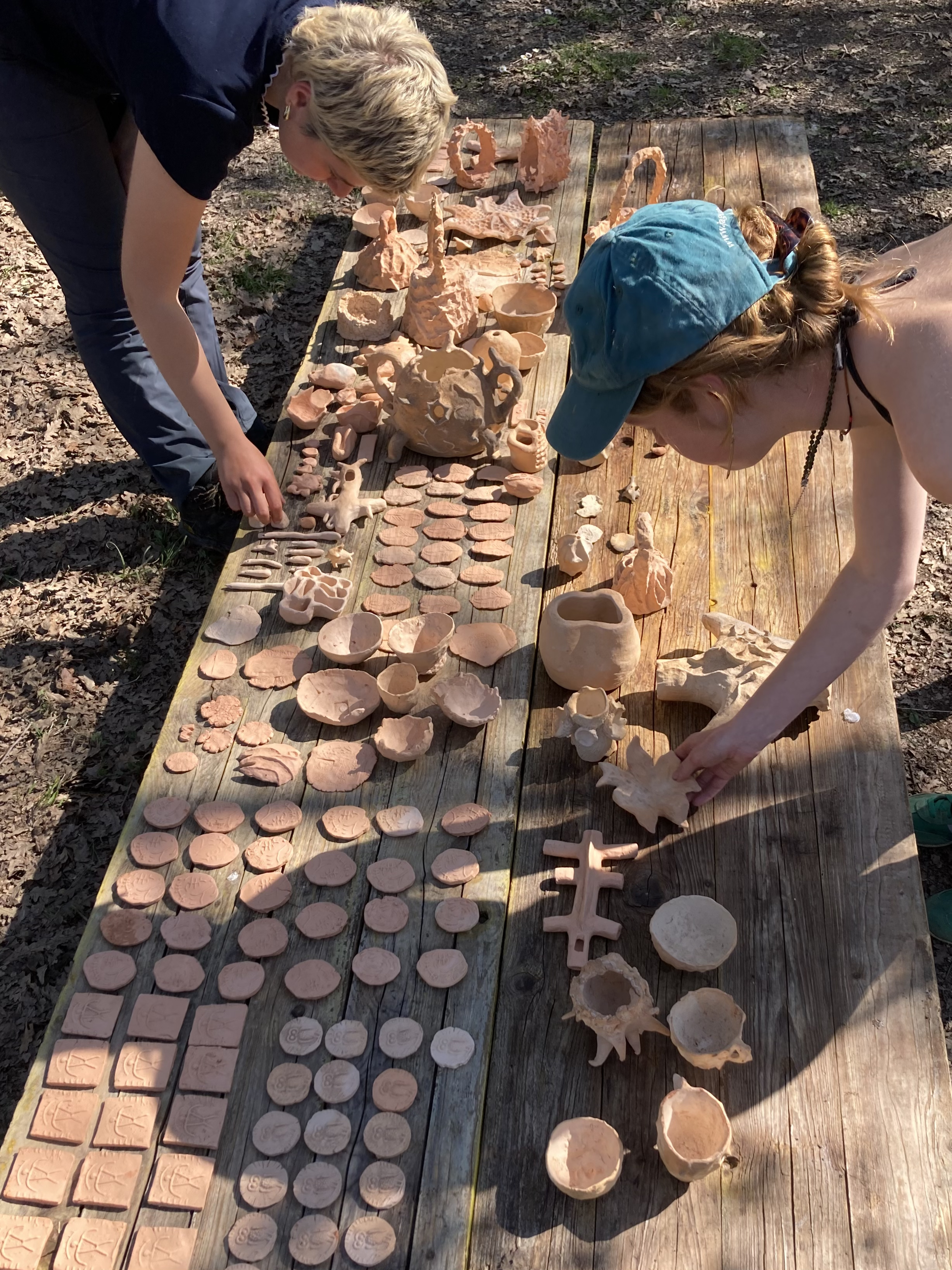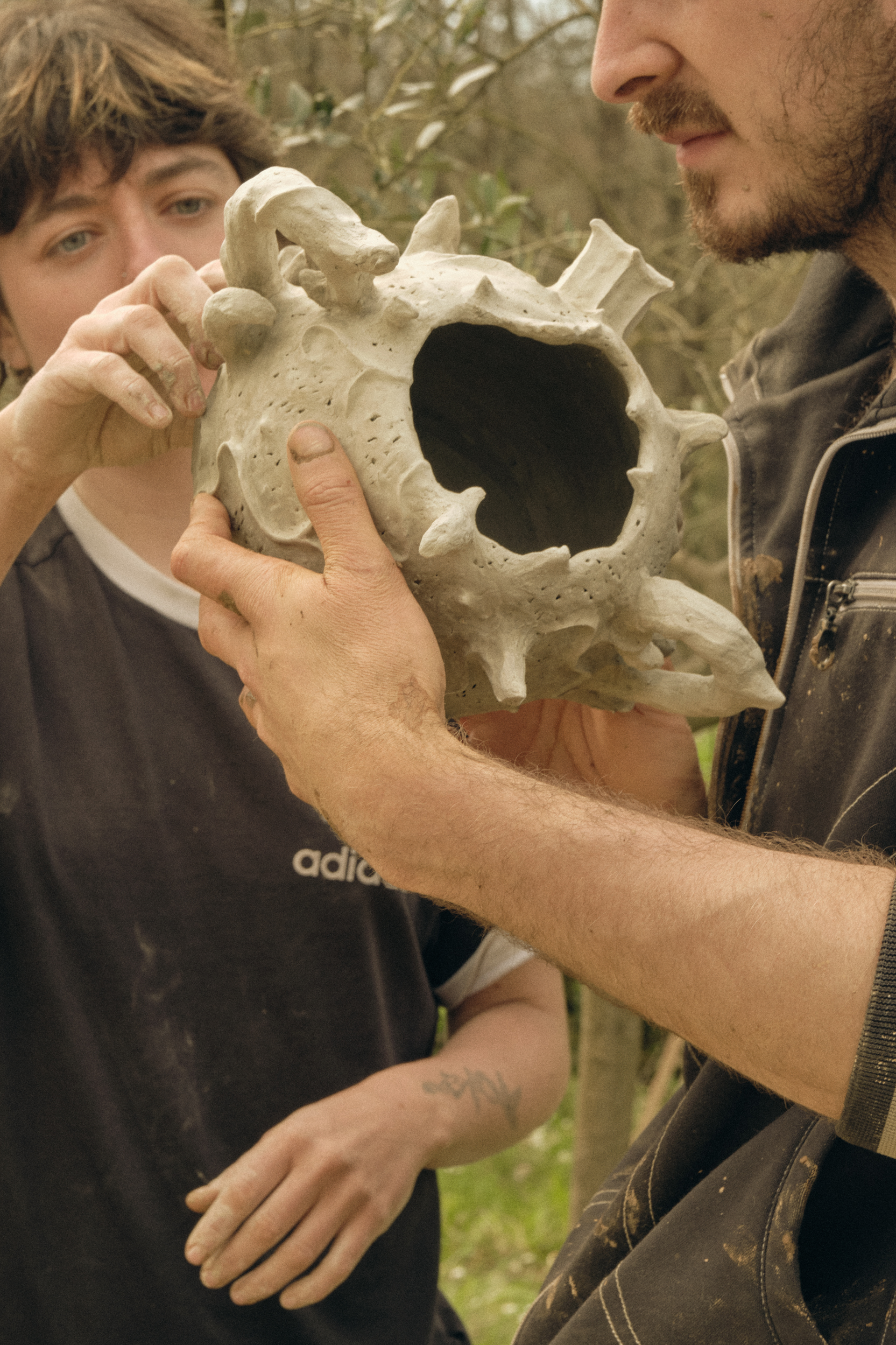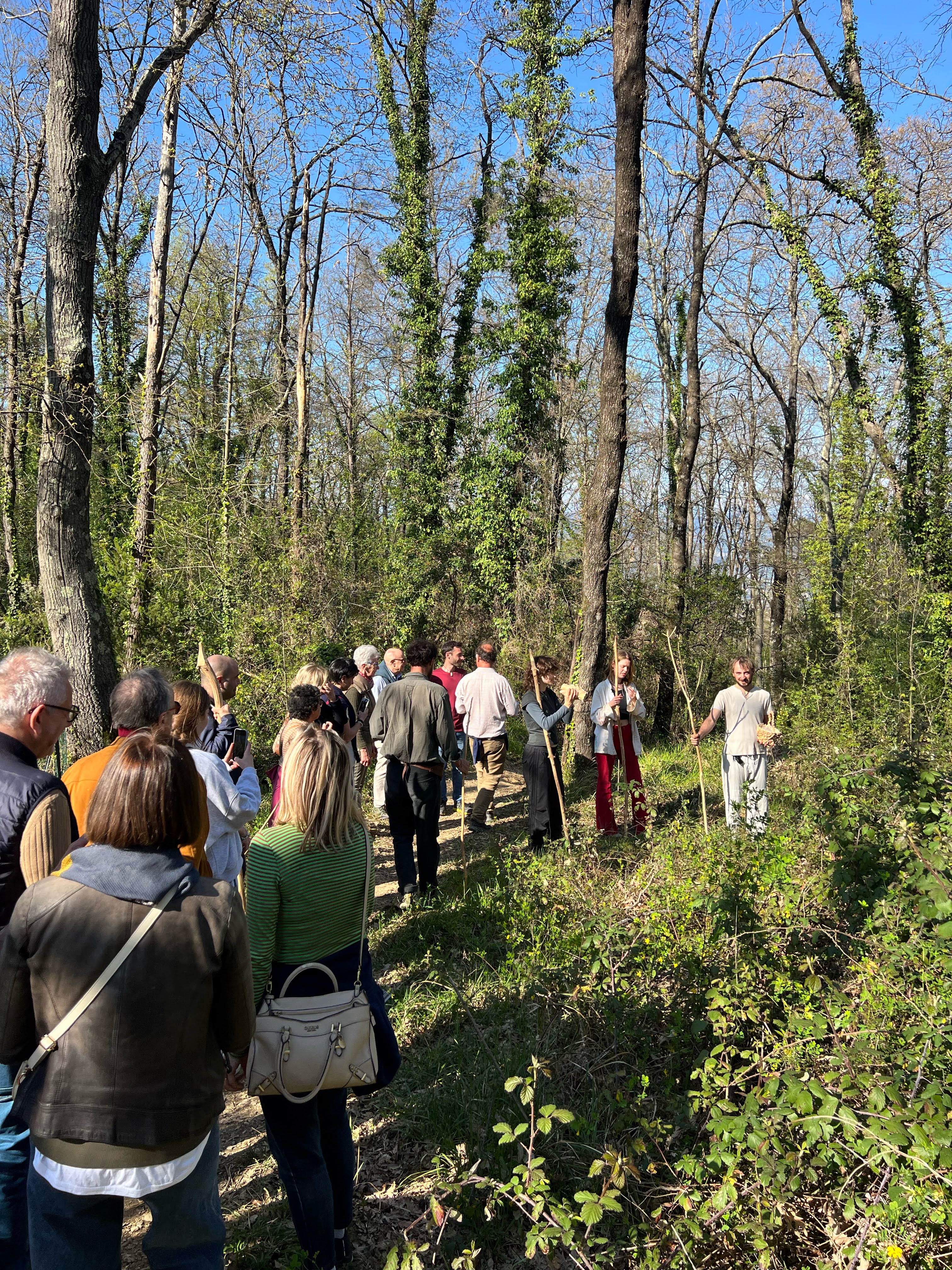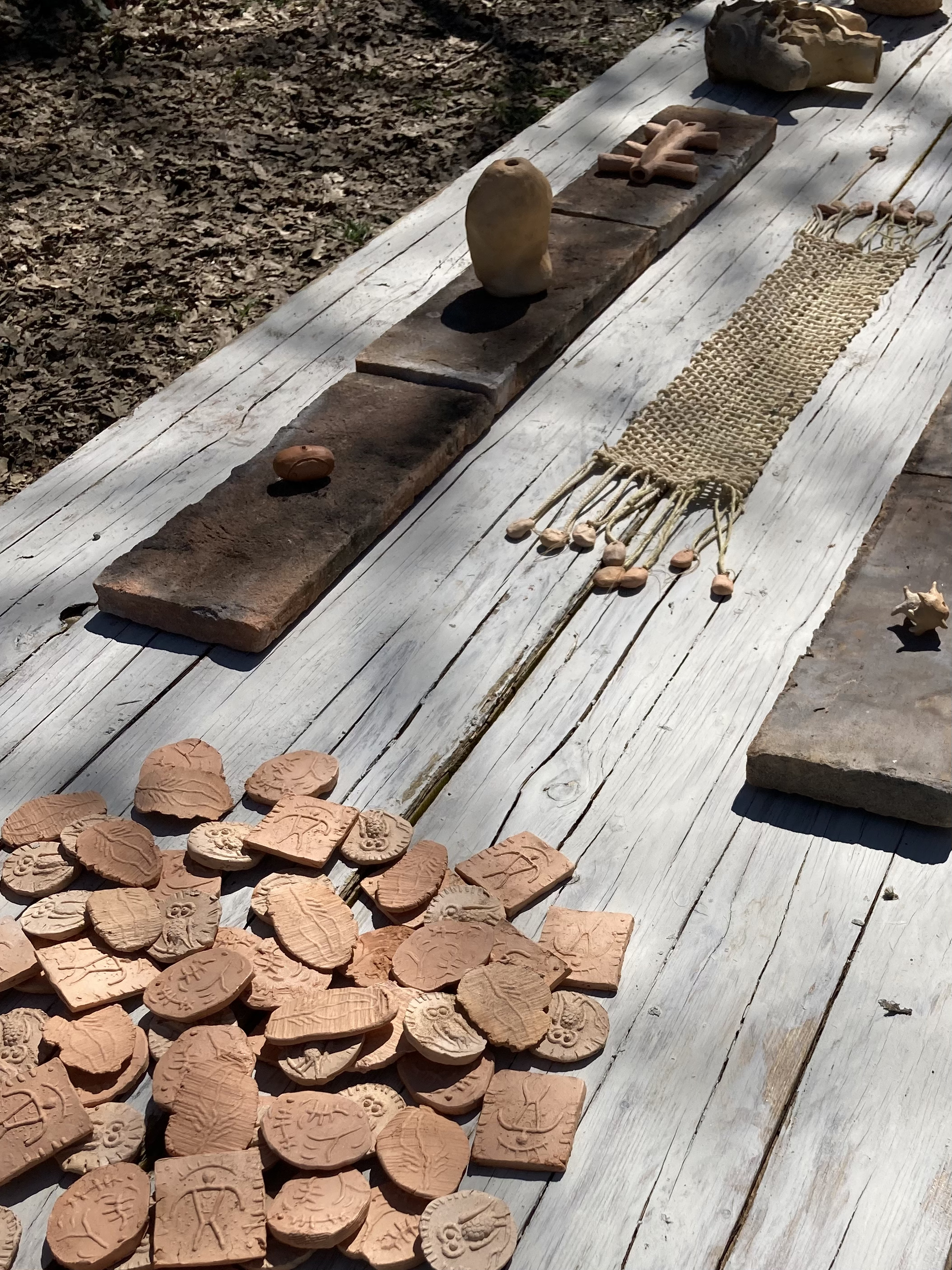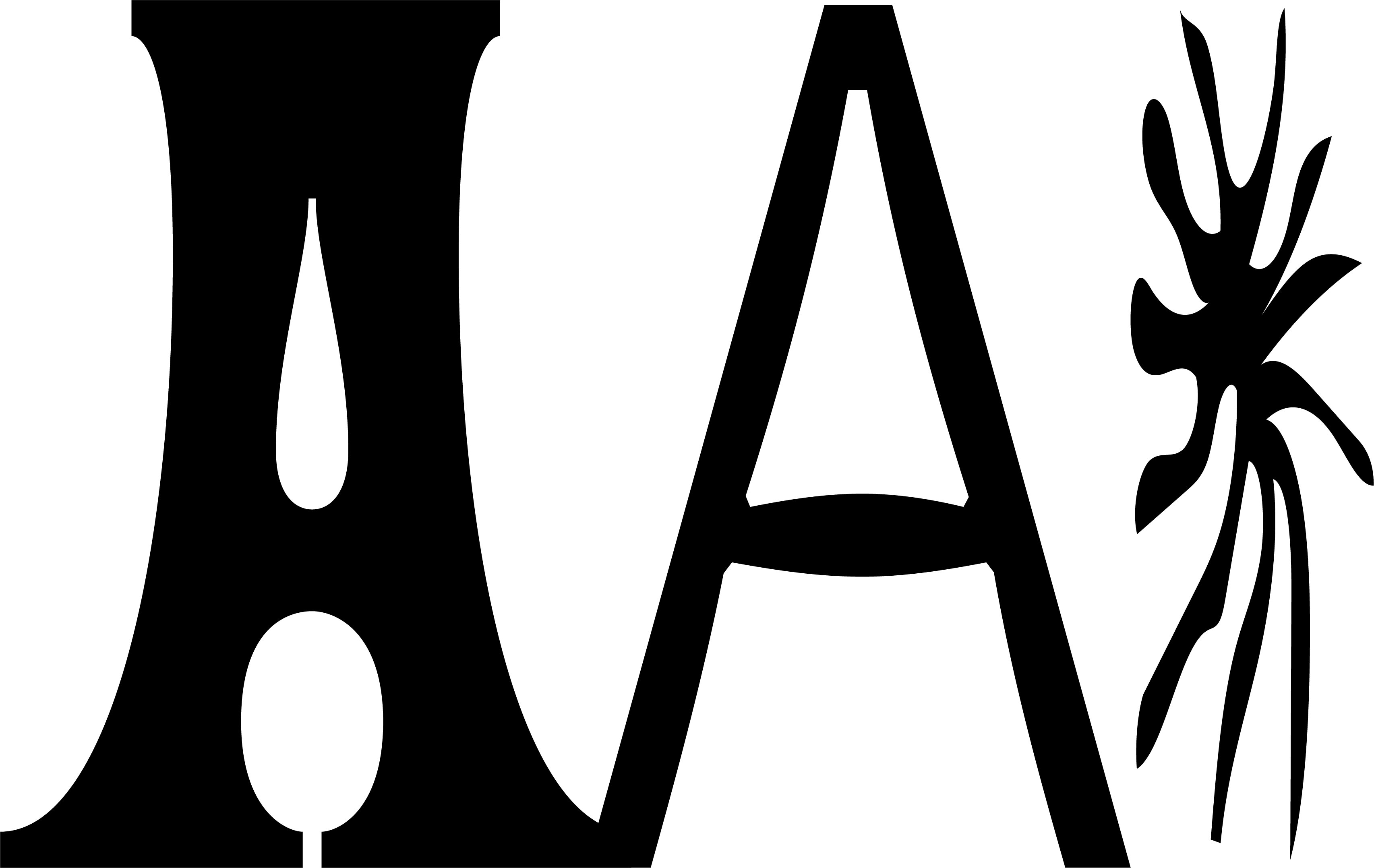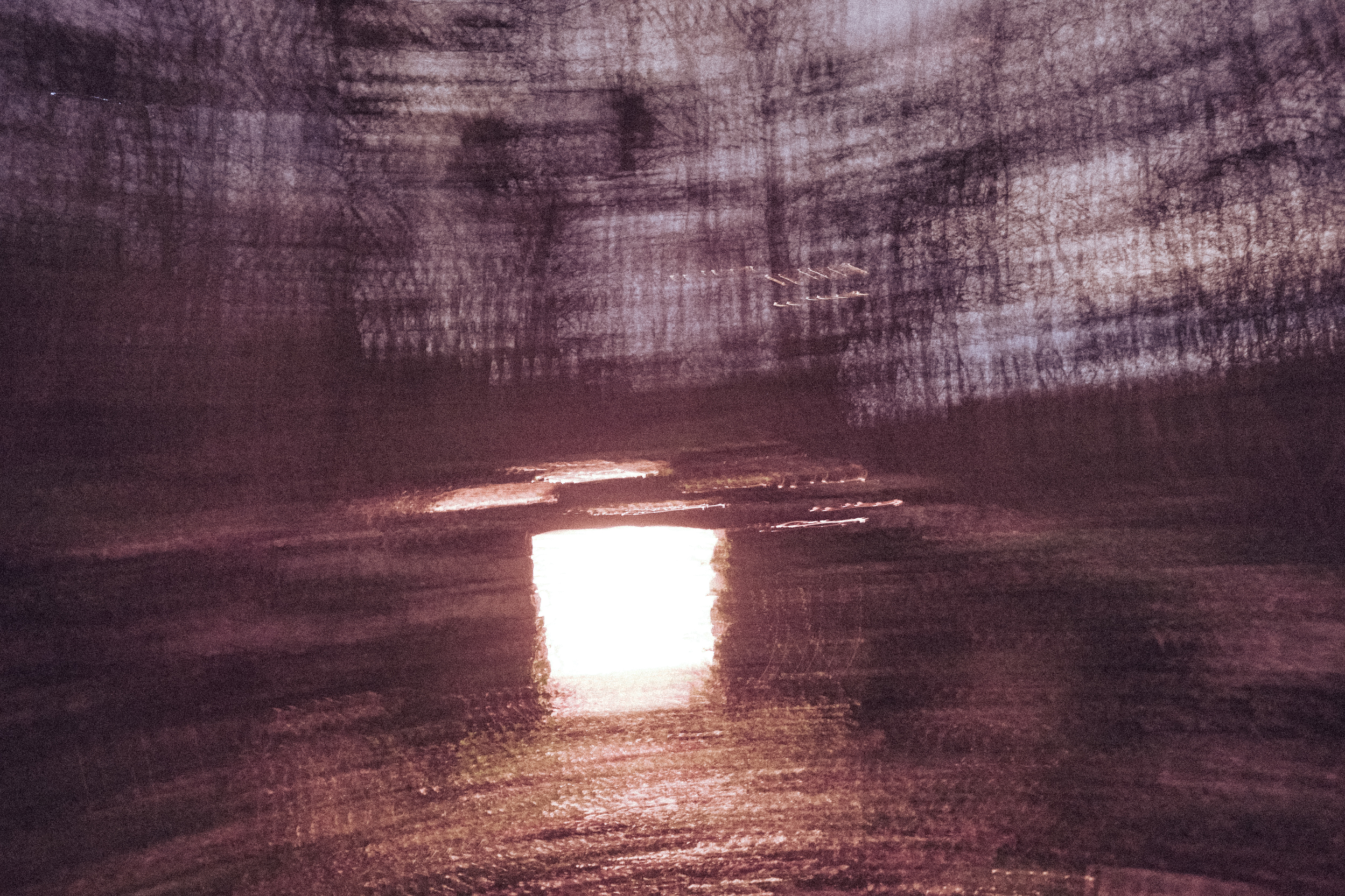
Edition 2025
Awakening the Cavanei
Reimagining archaic cultures
This edition of APUA centered around the Cavanei: small stone coves, that date back to the ancient Apuan tribes. Today, these archaic ruins are elusive figures that lie deep in the woods, covered by brambles, moss and ferns.
The Cavanei are believed to be originally tombs or sacred places, spaces connecting the world of the living with that of the dead, where offerings such as fruits were left inside. The entrance to the cavanei was then closed and occasionally reopened during rites dedicated to the dead.
Over the course of history, the Cavanei have served differed functions. From tombs, to temporary shelters for shepherds, animals, tools storages, and WW2 artiliary hideouts. Their history is layered and evolving: over the centuries, different populations have preserved, reinterpreted, and reused these shelters in various ways.
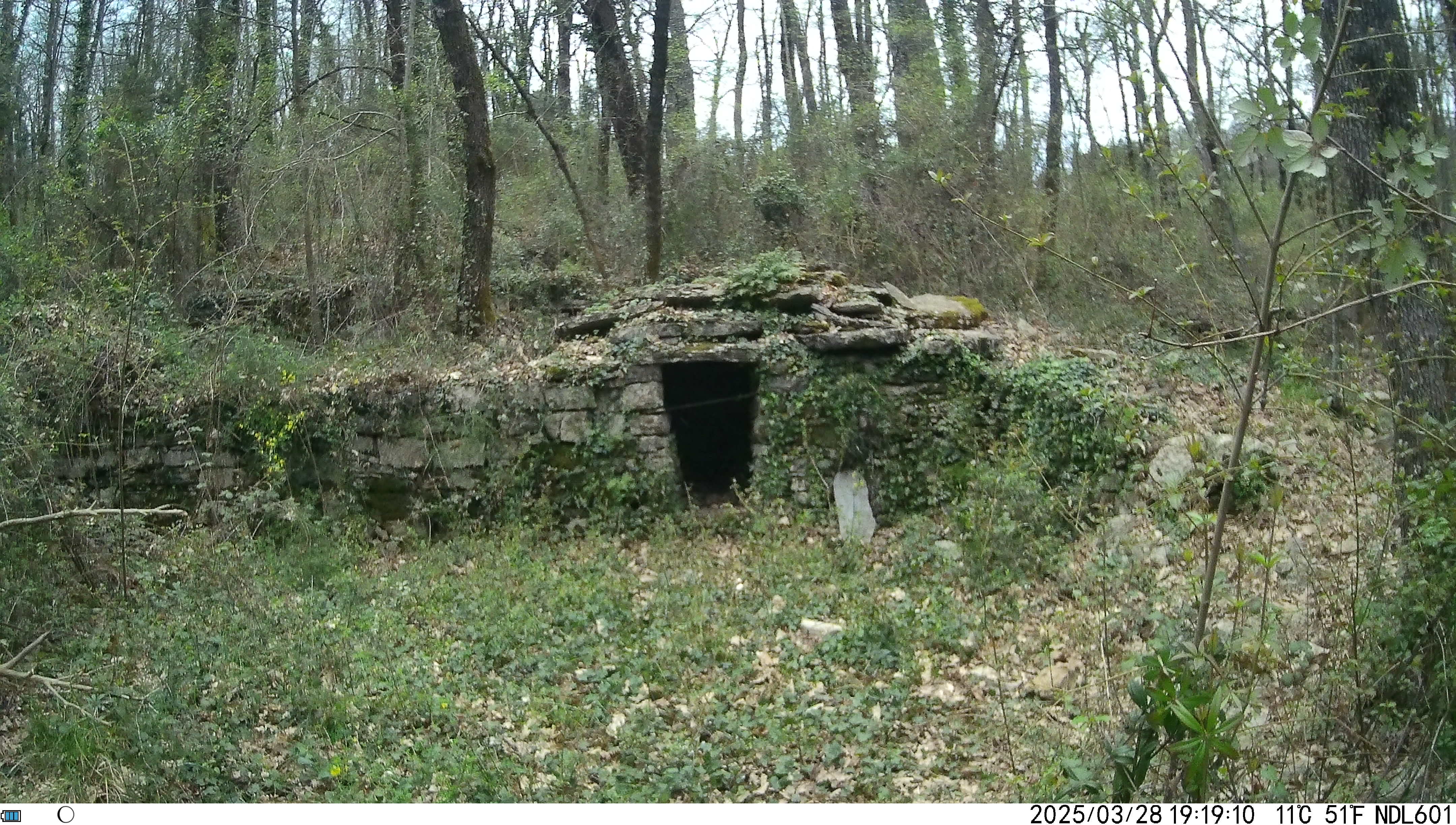
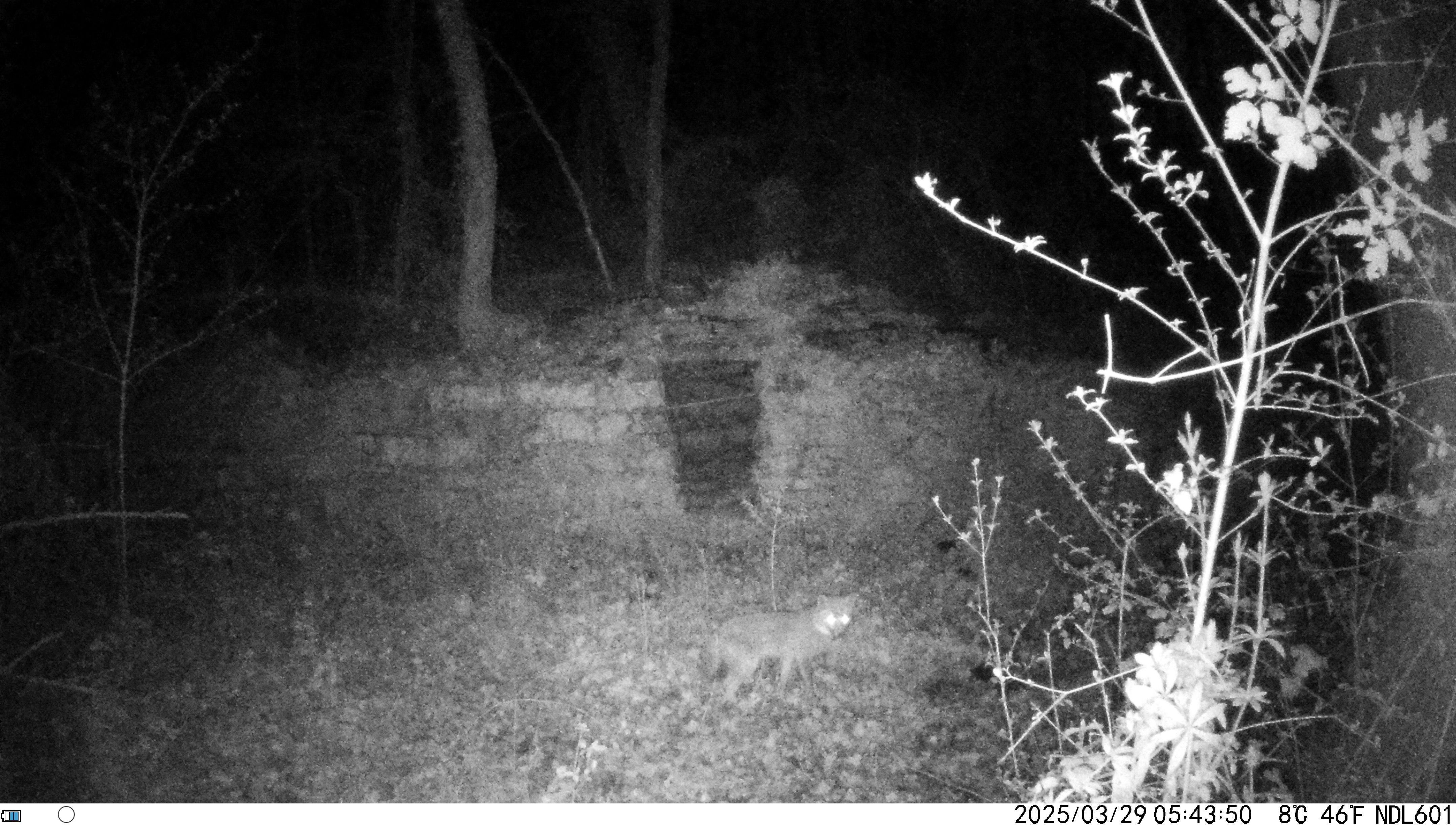
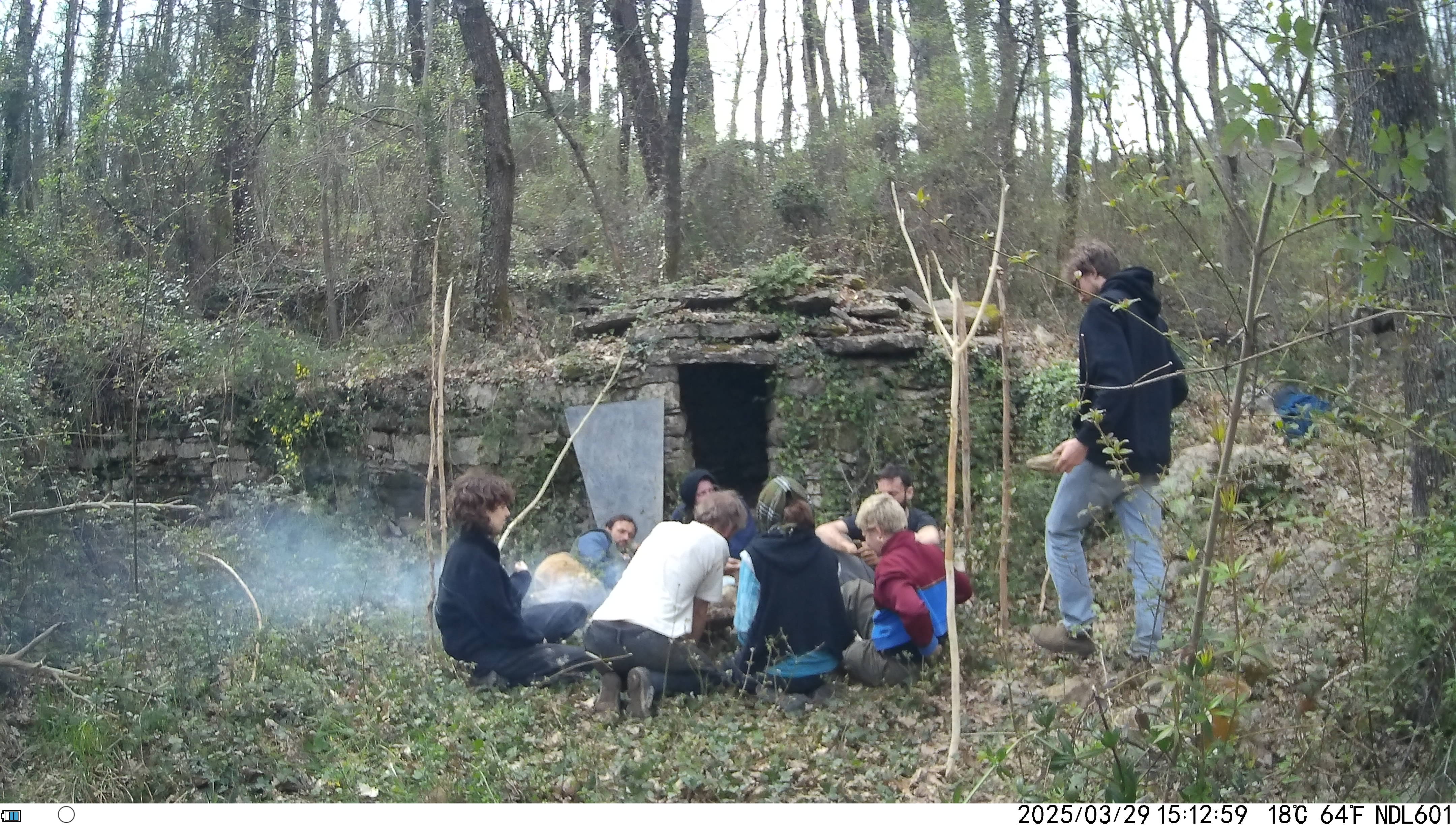
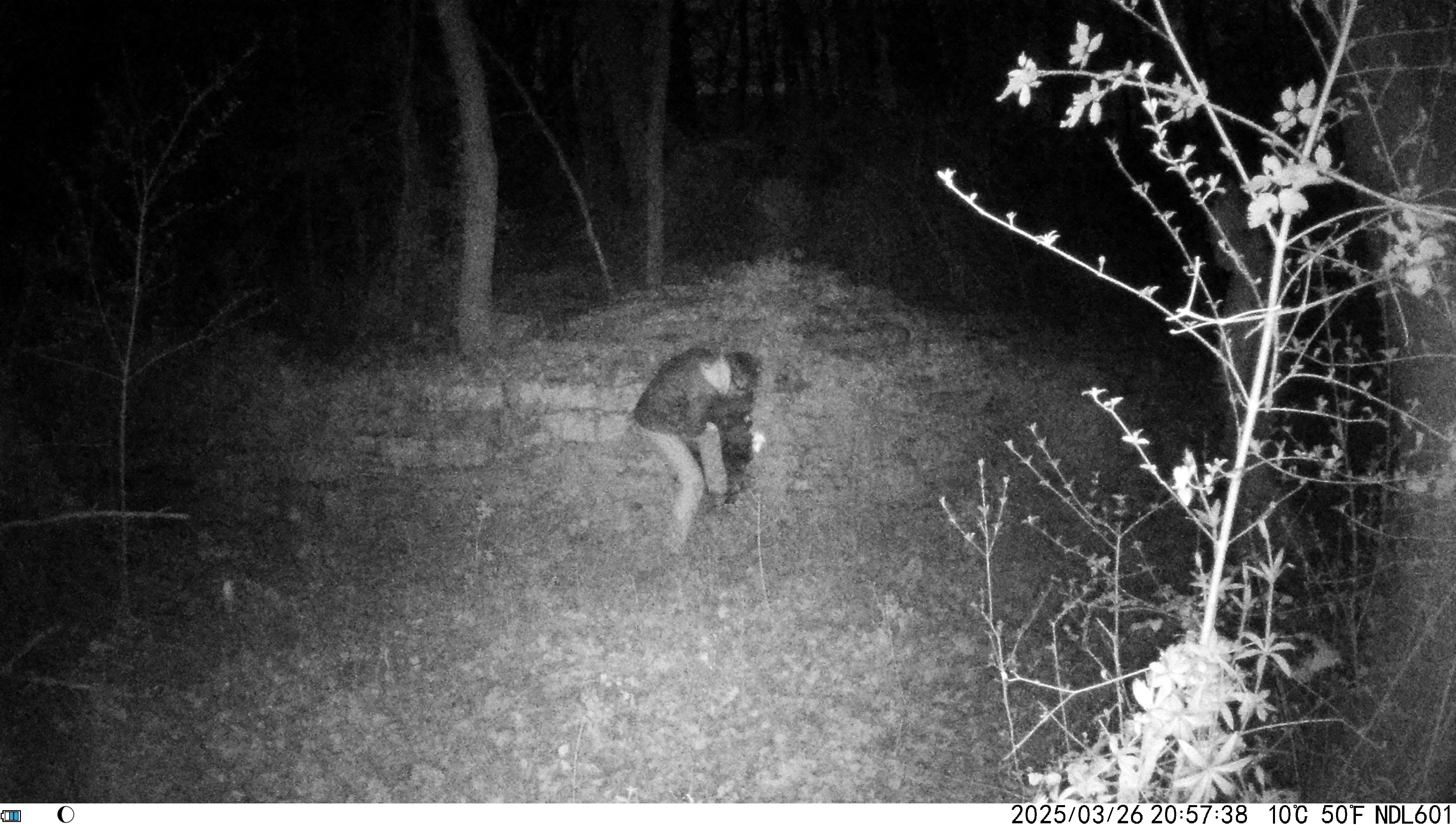
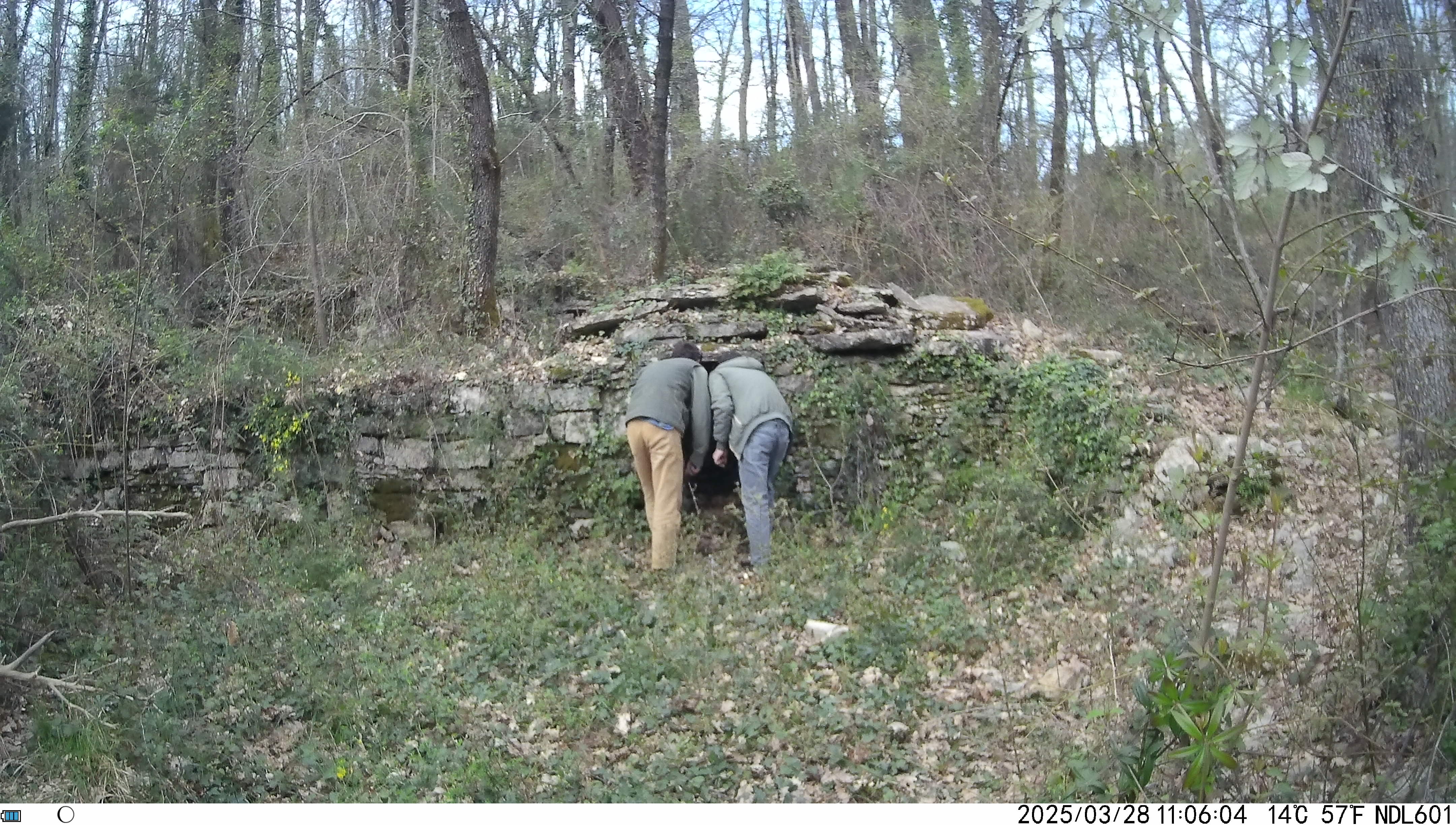
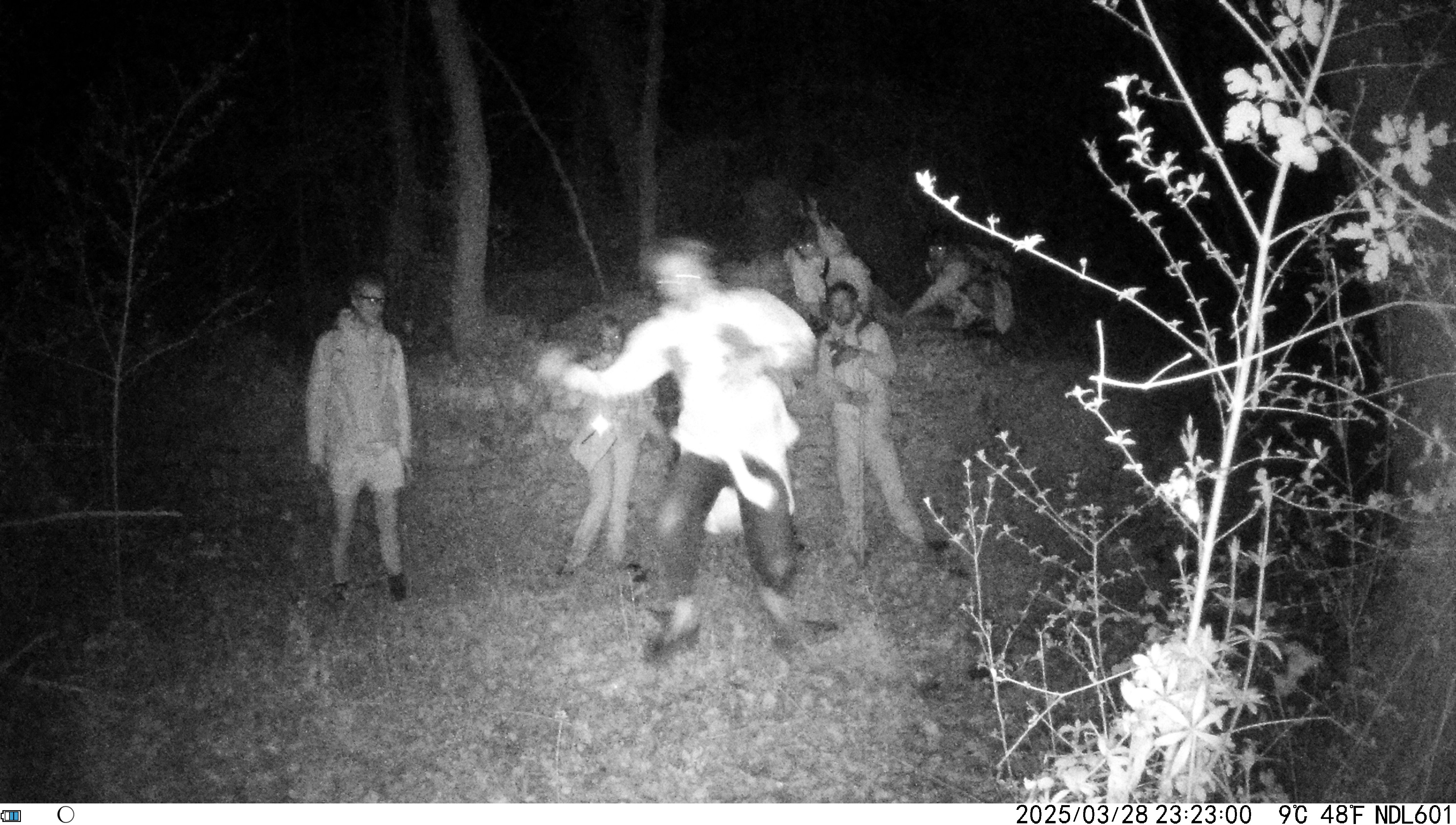
The spirit of this edition was to create continuity with this history, by attributing new meanings to these spaces. For the group of artists involved, one of the most evocative interpretations was that of the Cavaneo as a sacred place, a bridge between life and death. This interpretation also reflects their current state. Today, these small stone wombs are an integral part of the natural habitat, creating a humid microclimate, offering refuge to mosses, lichens, ferns, and insects. Interestingly, even if their original function has been lost over time, they continue to connect with the living.
During this first edition, a group of 12 artists set out on expeditions in search of the Cavanei throughout the Monte Caprione. They exchanged with historian and Cavanei expert Gino Cabano and his association Pro Monte Caprione, which has spent decades researching and mapping these ancient structures across the area. Along the way, the artists encountered materials, followed freshwater streams, and explored karst caves. They also began building a kiln for ceramic firing and shaping imaginary tools, such as binoculars, bells, flutes, to search for the elusive Cavanei.
A final exhibition was held at Pian della Chiesa. During the event, the artists guided visitors to a Cavaneo using and activating the ceramic tools. Once they reached the Cavaneo, visitors were given small clay coins as offerings, and together, the group sealed the entrance of the Cavaneo with a large engraved stone slab, marked by all the artists. Through this gesture, the project reactivates the historical function of the Cavanei, reinterpreting them in a contemporary way and giving these structures new life and meaning, in the same way as many other cilivazions have done so in the past.
The following artists took part in the project:
- Boris Grisot
- Charlie Quinonero
- Coline Ramonet-Bonis
- Filippo Muzi Falconi
- Gino Cabano
- Lara Prideaux
- Marco Periz
- Margot Van Den Berghe
- Marine Bosi
- Nicola Micali
- Pablo Bolumar Plata
- Yara Haydar
The project was featured in the following press outlets:
- 2025, "I Cavanei a Zanego rivivono in una residenza artistica con Filippo Muzi Falconi", Città Della Spezia
- 2025, "I Cavanei rivivono in una residenza artistica a Zanego", L’Eco Della Lunigiana
- 2025, "Dodici artisti a Pian della Chiesa", Il Secolo XIX
- 2025, "I Cavanei rivivono in una residenza artistica a Zanego", L'Ordinario
